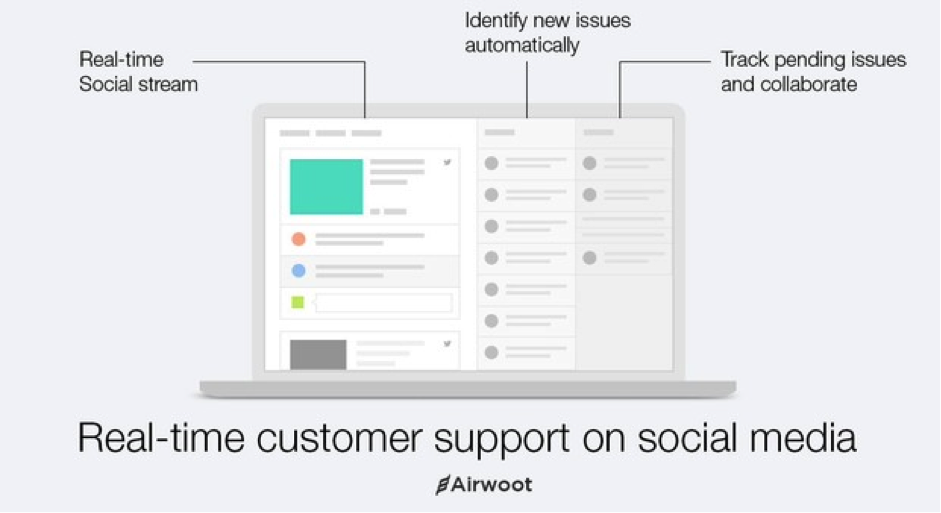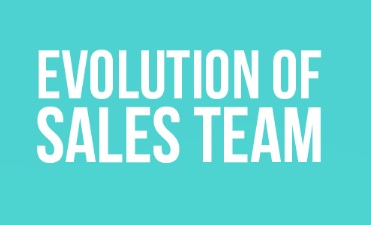The 25th playbook roundtable held last week (01 March 2014) brought together about 14 startup practitioners to discuss and gain insights on some of the challenging aspects of Sales in product companies. This roundtable was hosted at Accel Partners office in Bangalore, and was led by Aneesh Reddy, from Capillary Technologies. In a span of about 5 hours, a diverse set of topics were discussed. Prominent takeaways from the roundtable were insights on approaches to pricing, decision making during sales cycles, dealing with resellers and partners, setting up a sales team for the first time, how to plan for your Sales team when you are scaling up and dealing with Sales in new geographies. The following paragraphs detail the key learning from each of these above aspects.
When to setup your first sales team?
Entrepreneurs should be selling themselves till they achieve repeatable revenue streams, irrespective of the sector and nature of the offering. One should start looking at a dedicated sales team only when the founding team cannot anymore respond to leads / queries in a time bound manner.
If the founding team does not have deep skills in selling, it may be useful to involve a consultant to setup the team and the processes and learn on the way. Firms such as Gosonix have helped setup the sales processes for startups as they began to address increasing customer interest.
There are also organizations that provide inside sales services to startups. A few startups such as Freshdesk have benefited by use of such extended inside sales teams.
Inside Sales Operations and Management
Based on the target geography that you are working on, one should use the qualification criteria to build a sales pipeline. Macro parameters such as number of employees or revenue of the enterprise in the segment and country that you are targeting to sell provide good starting points to develop the qualification criterion.
Inside sales activities have yielded good results in English speaking countries such as US and Europe, however, has been very difficult and non-efficient in UAE, South Asia and non English speaking parts of Africa.
Accent training is a must if you are reaching out to customers outside India. Training partners are available to help you with accent training needs of your sales team.
For markets such as South Asia, cold calling does not work – since language barriers and culture is not very assimilative. Field business development operations are cheaper than inside sales operations if the target market of focus is on South Asian countries.
Sales Best Practices
A 30 second script consisting of factoids describing who you are, what you do, which customers have you dealt with, how has it helped them is a must for any startup Sales – irrespective of whether you set shop just today, or if you are scaling your startup.
Have a clear separation of duties amongst your lead generators and deal closers. Usual practice is to hire a deal closing guy for about 5 lead generators.
Ensure efficiency in your Sales operation by tracking the conversion of calls to meetings to actual leads and finally to conversions or drop-outs. Expect about 1 lead to come for qualification from about 10 calls on an average.
Once you have a lead, qualify the lead using the B.A.N.T or the more comprehensive S.C.O.T.S.M.A.N technique to ensure you spend the optimal time on that lead.
Differentiate and track marketing generated leads and inside sales generated leads. Provide visibility to the Field Sales personnel on the source of the lead to ensure they have the right context to qualify and initiate a discussion with the prospect.
Indian customers – especially in the SMB segment take a lot of time to decide to buy. Keep them engaged continuously with good marketing content after initial contact. They will get in touch with you and buy when they decide to go ahead.
Pricing
Pricing is the trickiest aspect in Selling. For offerings where the value added by your offering / solution can be calculated directly or indirectly, pricing conversations is a lot easier – since you have data to back your discussion. However, in other cases, one has to use all available information and work on a range to begin with.
For startups that are in their early stages, back calculate based on your expenses to decide on pricing. Another approach for SaaS based early stage startups is to price based on the CAC (Customer Acquisition Costs). General agreement is that a CAC of about 5-6 months is ideal, and a CAC of upto 1 year is tolerable for early stage startups.
A barebones calculation of pricing should be based on the product of revenues, gross margin you want to derive and customer lifespan for your offering. David Skok has good articles on these topics.
Complement your Sales efforts by your Marketing efforts
Use marketing as complementary aspect to sales – apart from leveraging it for various aspects of building your brand and communication etc. Nurture your customers by segmenting them based on the previous interaction by your company and send relevant content that could be of use to them.
For startups targeting global customers, ensure that you generate adequate content by means of customer acquisition stories, case studies, announcement of new customer wins, participation in events etc. This will help build the initial set of opportunities from the marketing side.
Use the rental lists of magazines that are widely read in the field of your offerings to increase mindshare. Blog or write regularly on Industry trends in some of these magazines to offer a good discount. Engaging with a PR agency based on the geography in the early stages of market entry also can pay off.


 Today’s slangy emoji text culture may have you thinking that formally written communications are a lost art. Don’t believe it. When it comes to professional communications, poised and precise prose rules over the casually misspelled messages passing between colleagues.
Today’s slangy emoji text culture may have you thinking that formally written communications are a lost art. Don’t believe it. When it comes to professional communications, poised and precise prose rules over the casually misspelled messages passing between colleagues.
 [Airwoot]: Airwoot uses sophisticated natural language processing and machine learning techniques to pick out the actionable conversations in real-time. It automatically identify people who need engagement in real-time. The more brands and marketers use it the smarter it gets. Airwoot captures your social etiquette and creates a social priority inbox for you.
[Airwoot]: Airwoot uses sophisticated natural language processing and machine learning techniques to pick out the actionable conversations in real-time. It automatically identify people who need engagement in real-time. The more brands and marketers use it the smarter it gets. Airwoot captures your social etiquette and creates a social priority inbox for you. What kind of analytics support does your tool provide?
What kind of analytics support does your tool provide?












